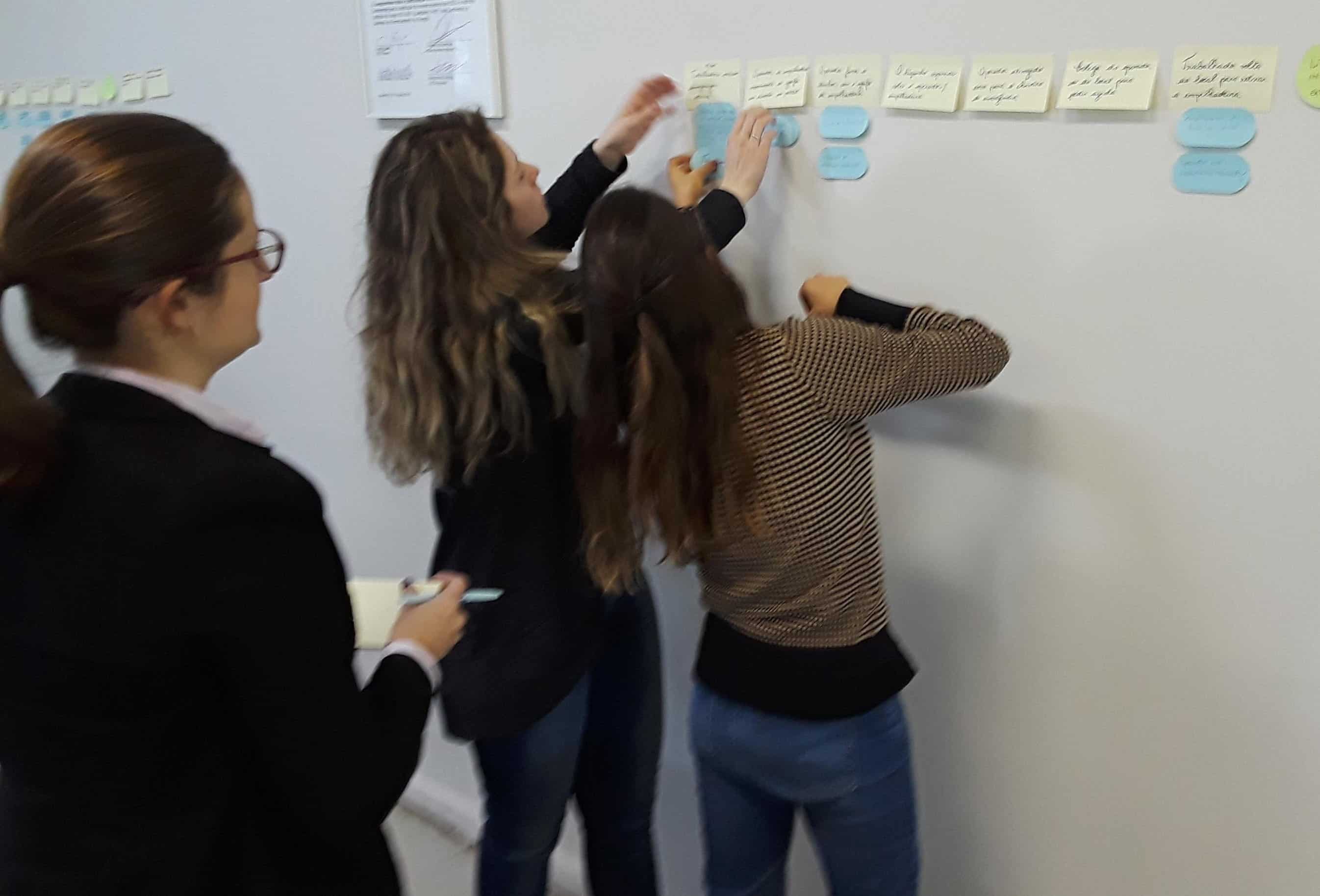TapRooT® Terms and Definitions
When using TapRooT®, most of the terms are pretty self-explanatory. TapRooT® is pretty easy to understand and use. However, there are a few terms that we use that may be a little different than those you might be used to. I thought I’d give a few definitions to help make things just a little bit clearer.
Root Cause Tree®: This is the heart of the TapRooT® system. It is contains the guidance and the root causes needed by the investigator.
Root Cause Dictionary®: Contains a list of bulleted yes/no questions that guide your investigator through the Root Cause Tree®.
SnapCharT®: This is a visual representation of the investigation. It is used to document the evidence you find during your investigation, allows you to identify Causal Factors, and is used with the Root Cause Tree® during the analysis. It contains the Incident, Event, and Condition shapes.
Incident: This is the reason you are performing the investigation. It is the problem that lead you to start your TapRooT® process. It is a circle on your SnapCharT®.
Event: An action performed by someone or a piece of equipment. They are arranged in chronological order as rectangles on the SnapCharT®.
Condition: A piece of information that describes the Event that it is attached to. Represented by an oval on the SnapCharT®.
Root Cause: The absence of best practices or the failure to apply knowledge that would have prevented the problem (or significantly reduced the likelihood or consequences of the problem).
Causal Factor: Mistake or failure that, if corrected, could have prevented the Incident from occurring, or would have significantly mitigated its consequences.
Generic Cause: A systemic problem that allows a root cause to exist.



